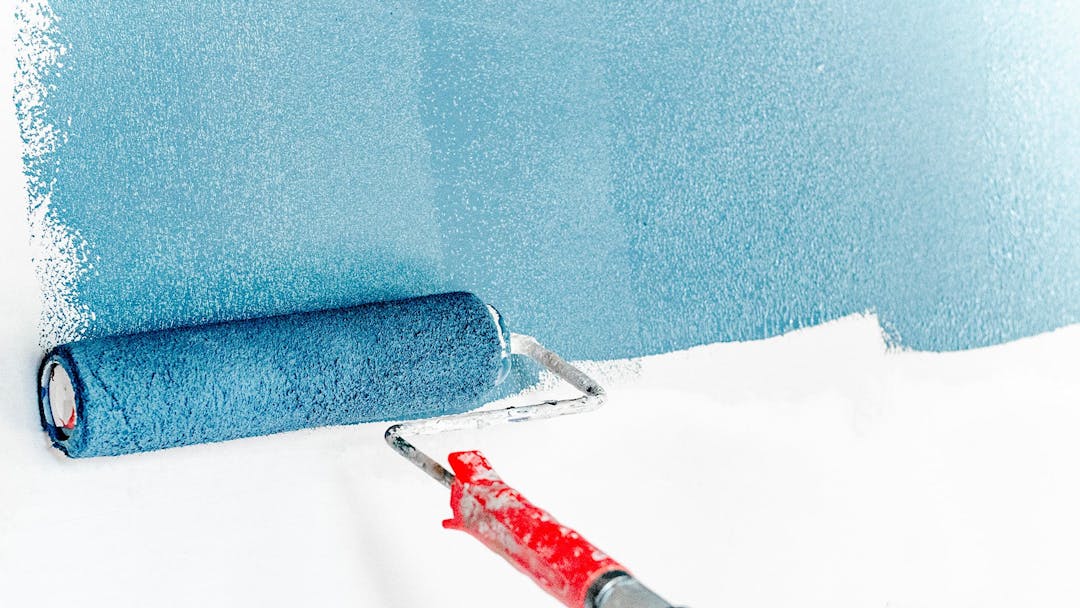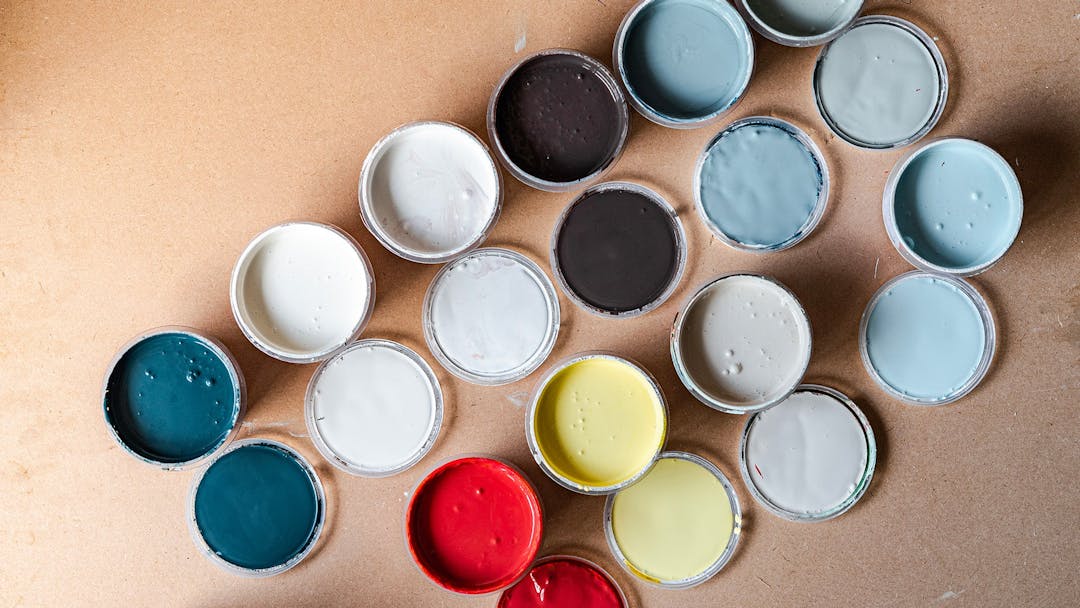Painting old furniture is a fun and inexpensive way to change the style of your home or an individual room.
In this article, we have collected a number of useful ideas for changing the look of somewhat dated pieces of furniture and outline the main steps to get a good result.
7 ideas for painting furniture
From old furniture to shabby chic decor piece
The shabby chic style is characterized by a rustic, lived-in look that can be achieved by simply painting an old piece of furniture without extreme precision.
The secret of shabby chic style painting of a piece of furniture is to create a lived-in, retro effect. To achieve this effect, it is important not to totally cover the surface of the furniture with paint; on the contrary, it is advisable to remove the paint in some parts, thus creating a worn effect.
The indicated colors are pastel or light ones, in some cases even dark blues and grays, but too bright colors should be avoided.
This economical option saves you money compared to buying a new piece of furniture because you can do the work yourself, avoiding the costs of a professional.
Restores wood to its natural appearance
If you have a piece of furniture made of good wood, but of a color you no longer like, you can think about enhancing the raw material by giving it an extremely natural effect.
All you need to do is remove the previously applied varnish using your choice of sandpaper, sander or stripper, depending on the number of coats and the tenacity of the old paint.
Then sand the furniture with fine-grit sandpaper to achieve a smooth surface where the wood grain is clearly visible. Treat the furniture with a protective product and apply a clear finish.
This way you will have a piece of furniture with a natural beauty that can warm and characterize a room.
Paint the furniture with a neutral hue
Neutral hues have two great advantages: they never get tired and they adapt to multiple contexts.
Hues such as white, beige, gray and cream are easily adapted to any style of furniture and different color combinations.
In addition, neutral hues lend a sophisticated and refined look to furniture. These colors can give a feeling of cleanliness and order, making rooms more welcoming and harmonious.
Total white to make the furniture more sober
Are you looking at a piece of furniture that is a bit baroque, with elaborate finishes or in an overly flashy color?
You should know that repainting it completely white will reduce its visual impact and give it sobriety.
A total white piece of furniture is suitable for both a modern home and a rustic or elegant setting.
Bright colors to attract attention
A current interior design trend is to include an extremely flashy piece of furniture within a room characterized by a uniform, measured style.
To achieve this, you can paint your old furniture with a bright color, for example red, purple, yellow, or even a fluorescent hue, giving it a highlighting effect that certainly won't go unnoticed.
A piece of furniture with this look should be placed carefully, evaluating the aesthetic balance of the room.
Use stencils to achieve elaborate decorations
Once you have chosen the base color of the old furniture you want to recover, you can use stencils to achieve fine finishes in no time.
The stencil allows you to repeat a design or decoration on different areas of the furniture without much effort and achieving an excellent result.
You can opt for a tone-on-tone effect or create graphics that stand out completely from the background.
Double color for a glazed cabinet
If you have an old-fashioned hutch or sideboard with glass doors that you are no longer convinced about, you can achieve a great effect by cleverly combining two colors: one for the outside and one for the inside of the cabinet.
You can choose two shades of the same color, such as dark gray for the outside of the cabinet and light gray for the inside, or two complementary colors, such as blue and orange or red and green.
Depending on which pair of shades you use to repaint your cabinet you will get very subtle or decidedly disruptive visual effects.
Painting wooden furniture: basic steps and tips
There are five basic steps to varnish wooden furniture:
-
Preparing the furniture.
Remove handles, knobs, and other fittings and any tinsel that can be disassembled.
Carefully clean the surfaces and, if necessary, sand them with medium-grit sandpaper or a sander to achieve a smooth, even base. -
Choice of paint and color.
Opt for furniture- or wood-specific paints that offer greater adhesion and durability.
If you want to maintain the natural look of wood, choose a clear varnish or a neutral tint. If you want a bolder look, you can opt for bright colors. -
Paint application.
Spread the paint using a soft-bristled brush or roller if the surfaces are large. Paint in even strokes and in the direction of the wood grain to achieve a smooth result.
Apply two or three thin coats of paint, allowing to dry between applications. This will improve coverage and durability. -
Let it dry completely.
Make sure the furniture is completely dry before touching it or reassembling accessories. -
Finishing.
If you want more protection or a shinier finish, you can apply a coat of clear varnish or wax. This will also help protect the furniture from damage and wear over time.
Here are three other tips that may help you:
- Choose a well-ventilated area to paint furniture and wear a mask and protective gloves for your safety.
- Before applying paint, apply a primer to ensure better adhesion and durability of the paint. Make sure the primer is suitable for the wood and compatible with the paint you plan to use.
- To make cleanup easier, use newsprint or plastic sheeting to protect surrounding surfaces while painting.
How to paint an already painted wooden furniture without sanding it?
If the piece of furniture you want to varnish is in good condition, has no bubbles and the varnish is not coming off, you can consider painting it without sanding it.
In this case you have to clean it thoroughly, carefully removing dust, dirt and various residues by applying a detergent or a solution of water and vinegar, which, then, you will totally remove using a clean cloth.
After letting it dry, apply a coat of Primer adhesion agent and then the paint you have chosen for your furniture.
What kind of paints are used for furniture?
There is a wide choice of products to achieve an aesthetically pleasing and functional job, and much depends on the current state your furniture is in.
Fine Antique Furniture
In this case, our advice is to contact a restorer, who will proceed with techniques and treatments using special stains, shellac or other products not particularly suitable for do-it-yourselfers.
Non-valuable old furniture to be revalued
In this case, it is very important to restore them to bare wood, at which point they can be easily repainted using sandable water-based primers/bases, and tinted, opaque water-based acrylic paints.
Contemporary furniture
The treatments these pieces of furniture receive from their parent company are based on industrial or powder coatings, so they cannot be treated with traditional synthetic or waterborne enamels, but rather it is necessary to opt for two-component waterborne epoxy enamel paint or waterborne enamels with adhesion promoter, which provide excellent grip on almost any substrate.
Furniture with a melamine surface
Our advice is to proceed with light sanding and finishing preferably with epoxy or polyurethane, two-component, water-based enamel paints.




